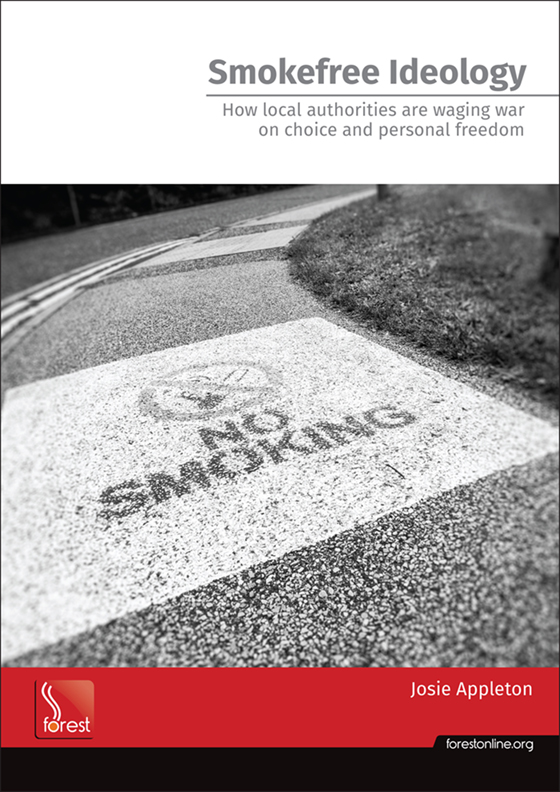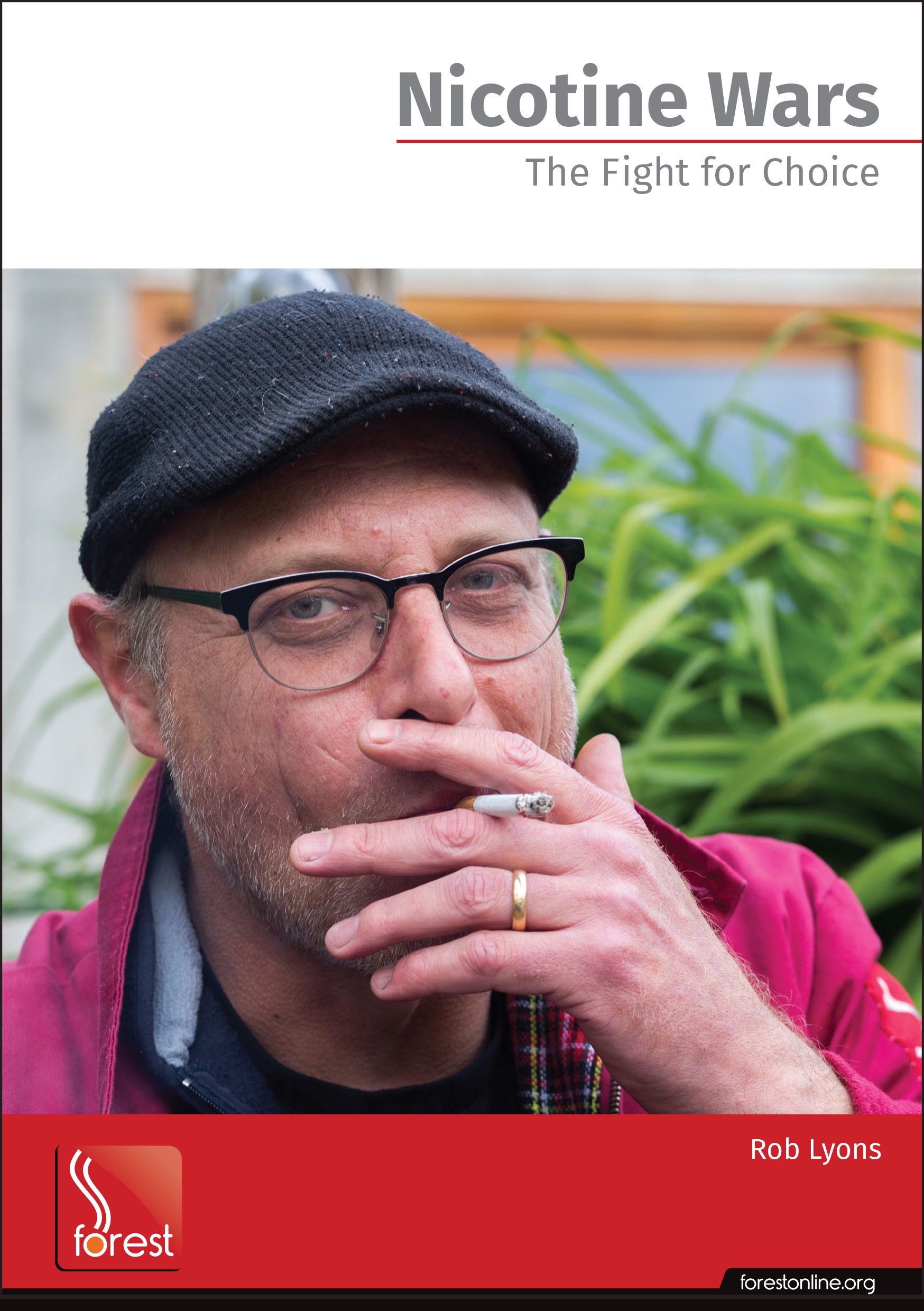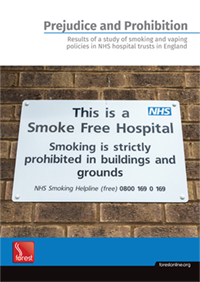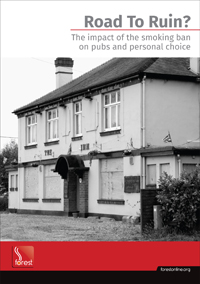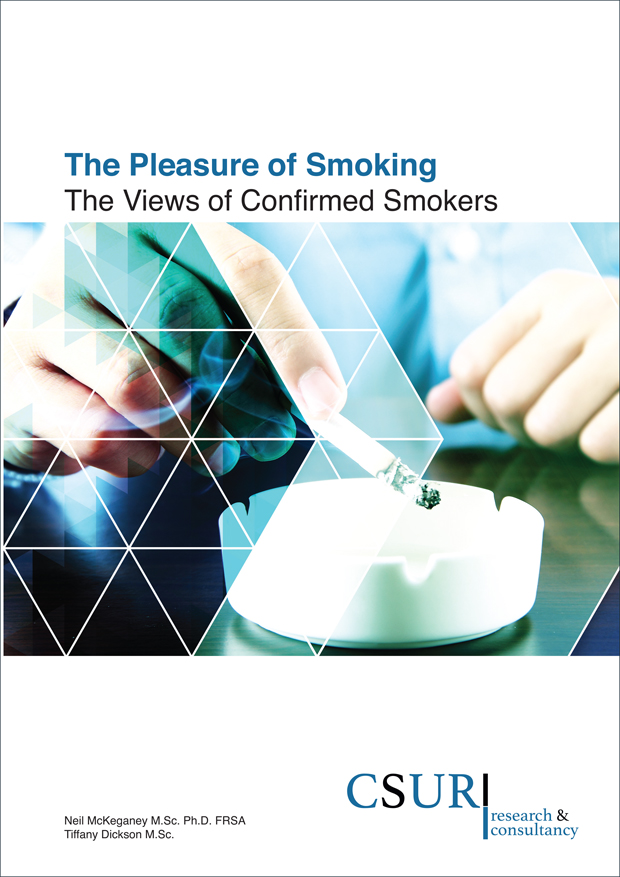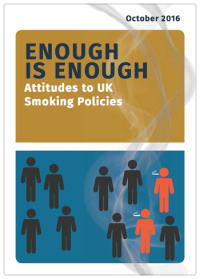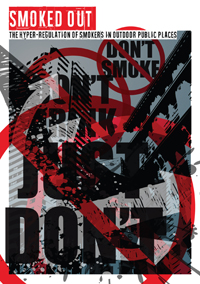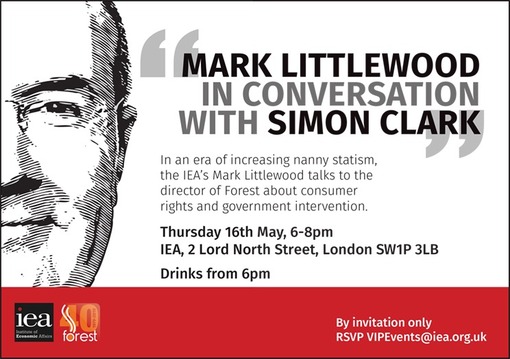Journalist gets no platformed? Spare me the outrage and hypocrisy
 Saturday, June 1, 2019 at 19:45
Saturday, June 1, 2019 at 19:45 There are lots of ways you can be no platformed.
In 2014 I had an invitation to speak at a public health seminar in Wales withdrawn after complaints from other speakers.
I don’t know if he was one of the people who objected to my presence, but one of the speakers was Mark Drakeford, the new first minister of Wales, who has since proposed that smoking should be banned in every town and city centre in the country.
Anyway, having invited her to appear on a panel at their annual conference, the Royal College of GPs has likewise withdrawn its invitation to broadcaster and journalist Julia Hartley-Brewer.
As well as presenting the breakfast show on TalkRADIO, Hartley-Brewer appears regularly on Question Time, Any Questions and other political programmes.
She has forthright opinions, many of which I agree with, but while I think the RCGP’s action is pathetic, I’m struggling to feel sympathy for someone who once wrote an article suggesting that smoking in a car with children is tantamount to child abuse.
She’s entitled to her views, of course, and far from censoring them I would happily challenge her on this or any other smoking-related issue.
Sadly, since TalkRADIO launched in 2016 we have been invited to appear on her daily programme just once, three years ago.
I can’t say she’s ‘no platformed’ Forest but since then she’s shown zero interest in having us on her programme, despite the fact there have been a number of smoking-related issues in the news in the intervening period.
For example:
Proposed ban on smoking in social housing
Ban on smoking in cars with children
The EU’s Tobacco Products Directive
Hospital smoking bans
Council smoking bans
Plain packaging
So while I’m disappointed the RCGP has given in to the mob (in this case a mob of GPs!) it’s worth noting that when I was barred from addressing the Policy Forum for Wales no journalist was in the least bit interested.
I imagine there are dozens, possibly hundreds, of ‘no platform’ cases that never get reported - thousands if you include all those conferences and conventions that deliberately deny delegates a balanced debate for fear of exposing them to anything that takes them outside their comfort zone.
Truth is, journalists, broadcasters and conference organisers are ‘no platforming’ speakers whose opinions they don’t share all the time. The difference is, they’re usually a bit more subtle about it because they don’t invite you in the first place!


